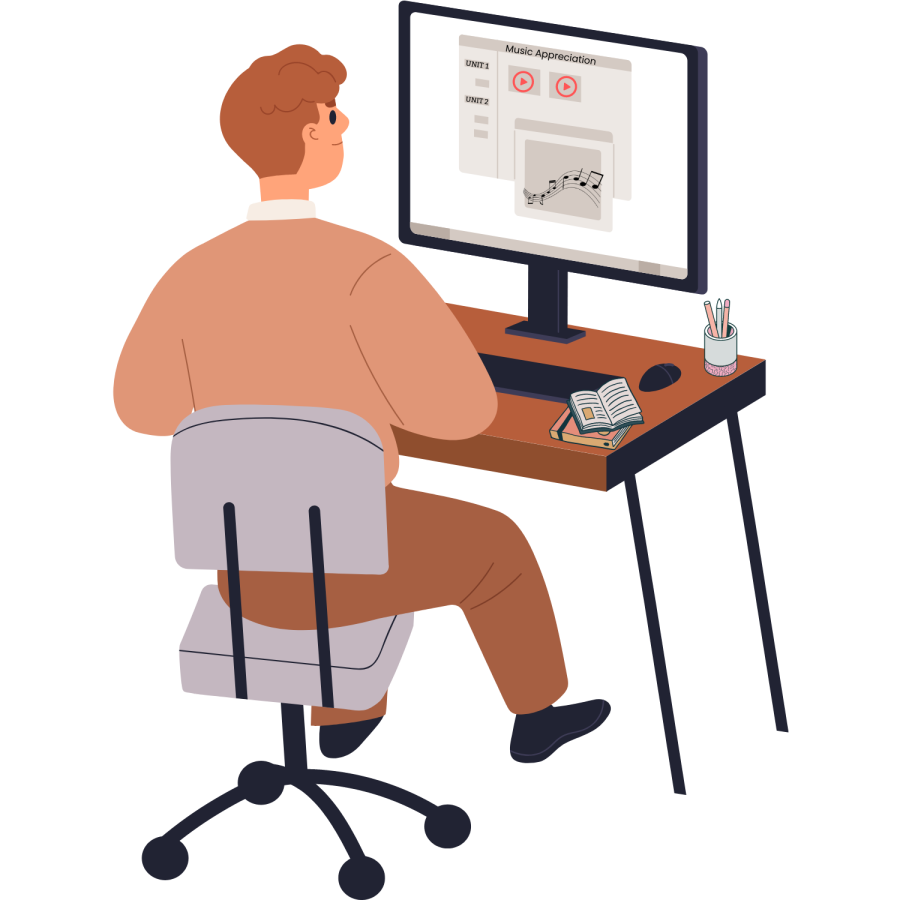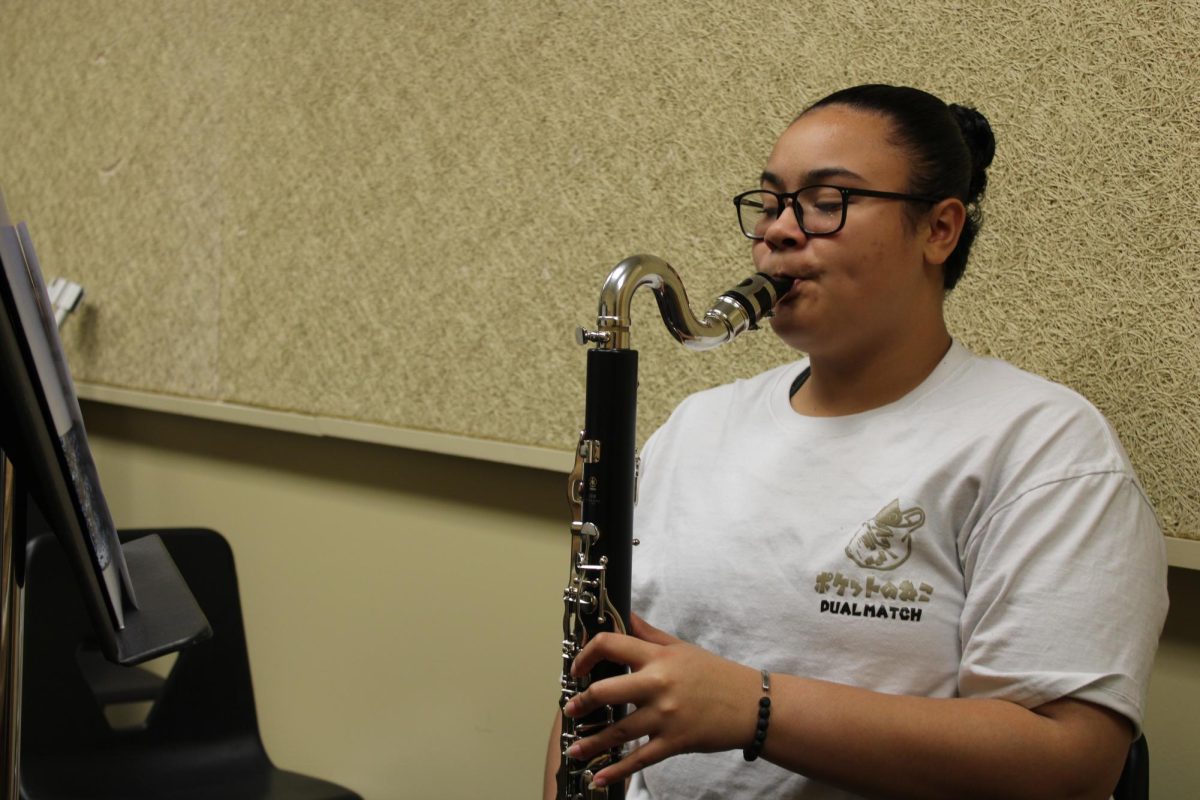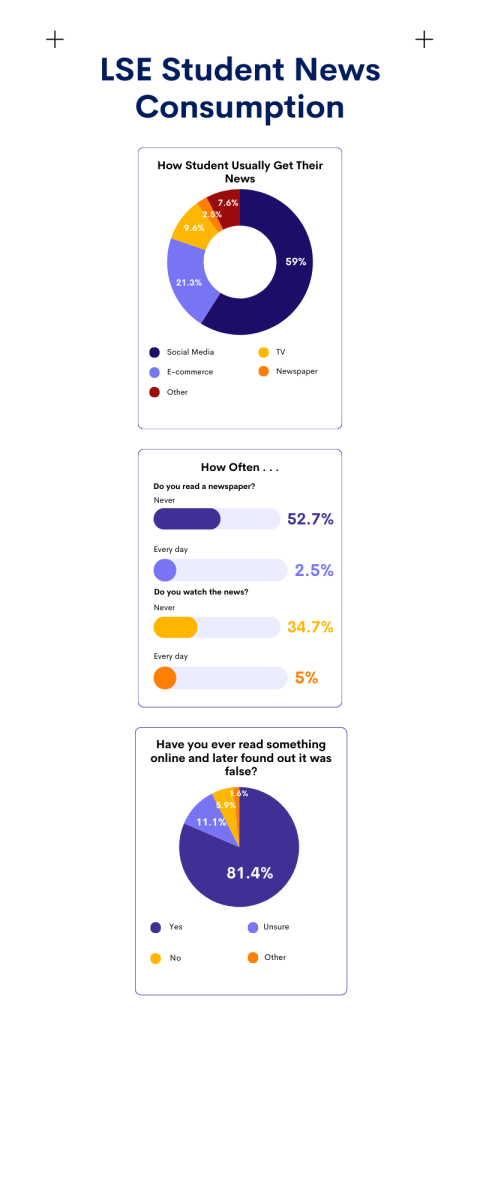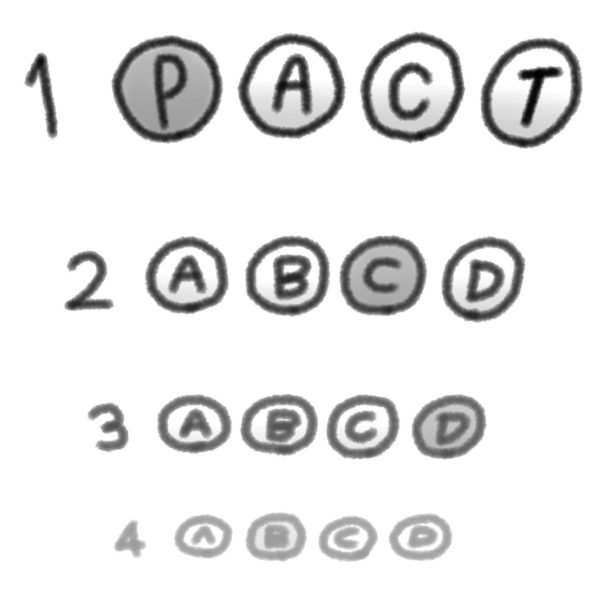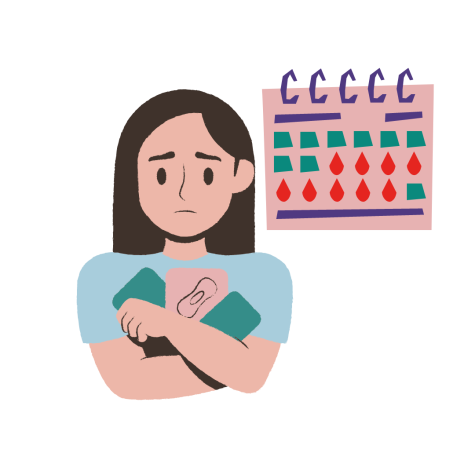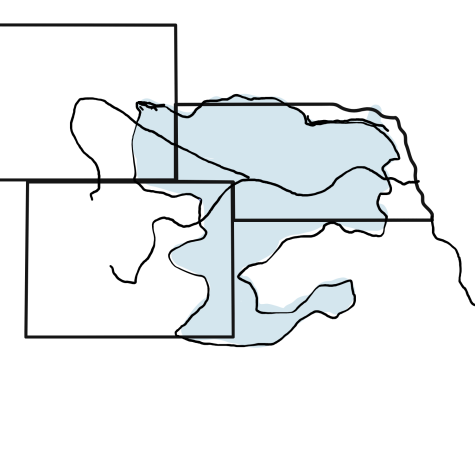A Different Way to Learn
E-learning classes give students an alternate approach to the classroom
April 1, 2023
For some students, the typical high school classroom isn’t always a productive learning environment. Self-paced e-learning classes give an alternative to students who don’t learn as effectively in the standard fashion. LSE currently offers 33 subjects of e-learning classes in which students can learn the material at their own pace. At LSE, e-learning classes are offered daily during periods one through seven. Students are able to implement two periods of e-learning classes into their schedule per semester.
Every student has different learning capabilities and preferences. With these classes, many students are able to complete their course work in a much shorter time frame than they would if they took the normal, semester-long course. “[The ability to complete e-learning classes quickly] depends on the class and the student completing the class,” counselor Elizabeth Rock said. “I’ve seen kids get done with classes in just a few weeks if they work really hard at it,” Rock said.
Students have more freedom to complete the course work in their own way and at their chosen pace, which can be both helpful or harmful depending on the student. While some students use their class time very effectively, others fall behind on their work without a teacher’s deadlines and discipline to hold them responsible. This can result in the course not getting completed by the end of the semester.
This semester, senior Sam Katz is taking his first e-learning class, Music Appreciation. One benefit that Katz experiences with his e-learning course is to fill up his schedule with less rigorous classes, while still meeting the requirements of the National Honor Society. Although Katz feels that the class can at times be less engaging than the typical classes at LSE, he recognizes that this course gives him ample time to both complete his work and enjoy his time in class with fellow students as he wraps up the last semester of his high school years.
Another benefit with e-learning classes is the possibility to complete the course before the semester ends.
“I could finish [the course] really fast. I could do a unit every couple days,” Katz said. Every student learns at a different pace and holds different comprehension skills. This class is beneficial to students who are able to learn at a quicker pace.
“If [students] finish a class they can start a new one if they’d like to or need to,” Rock said. Students who may be falling behind on credits get an opportunity to catch up on their credits with e-learning classes.
Freshman Sydney Kjeldgaard is taking an e-learning Civics course, in which she enjoys being able to work at her own pace. “I ended up dropping a class too late and there wasn’t another option,” Kjeldgaard said.
E-learning classes give an alternative to students who may not be able to get into any other courses they need, allowing them to still work towards earning credits. Kjeldgaard points out that more rigorous courses are more fulfilling to take in-person in order to be engaged with the class material more thoroughly. However, more self-guided, fact-based classes are easier to take as e-learning classes. She also states that the teachers of the classes can change, but they’re always willing to help students with any questions they have. Although, most of the time she “doesn’t really need help [from the teacher] because the course lays it out [for her],” Kjeldgaard said.
The learning environment of these classes can range from loud and talkative, to nearly silent and focused. Students complete different courses within the same e-learning classroom. For students who work best collaboratively, this might be a negative feature of these classes.
Due to the COVID-19 pandemic, many students got experience with online learning. However, the current e-learning classes are different because they don’t involve zoom calls and are completely independent. Junior Abel Nespor has taken e-learning classes during previous semesters, including his freshman year when he was completely virtual. Similar to Kjeldgaard, Nespor feels that more familiar, fact-based classes are easier to take as e-learning classes.
One struggle that Nespor has faced taking e-learning classes is the level of self-regulation and self-responsibility. “You have to keep up on your work and find time for your work,” Nespor said. Most high school students battle with procrastination in their regular classes as well, but the level of independence tied along with e-learning classes gives the possibility for that struggle to worsen.
E-learning classes give students the opportunity to acquire time management skills and independence, skills that can be used in college and future careers. While these classes may not be a perfect fit for every student, it is a good option to consider while students plan their schedules for semesters to come. “[It’s important to] identify what type of learner you are, how you absorb information and what environment you want to learn in,” Nespor said.

